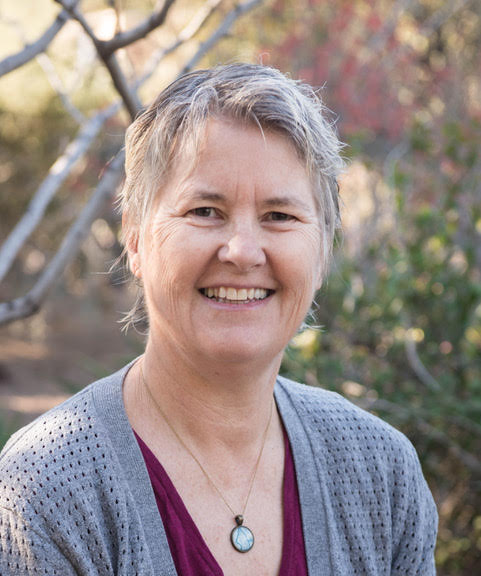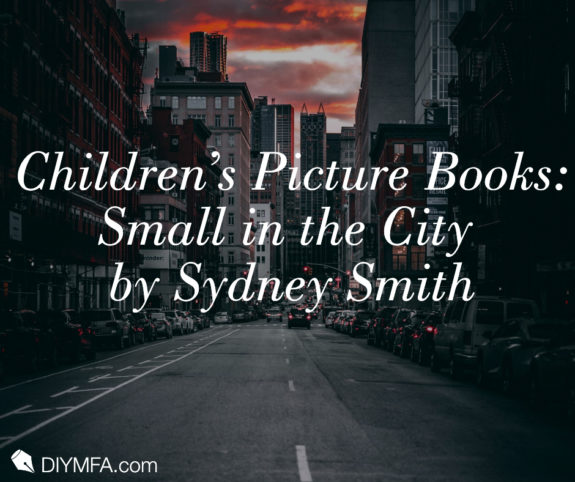When a child learns words, first they hear them. Sounds repeated again and again enter the ear and find the place in the mind where language forms. Then they speak these words, again and again. In the moment of learning language, words have magic, make food appear, conjure a parent eager to pick you up, form smiles on other people’s faces.
And then we learn to write the alphabet, make words, sentences, eventually draft novels, right? No. Not right. That’s not how we learn to write. Instead, we take a crayon or a paint brush or a pencil and we draw. We say apple, then we draw apple. And so on.
Acquiring written language is a journey through drawing.
The Special World of Picture Books
It’s no wonder then that storytelling for children who are just beginning to grasp words for themselves takes the form of picture books: stories told with visual language.
I grew up on picture books. My favorites were by Maurice Sendak and Dr. Seuss, as well as the A.A. Milne stories of Pooh Bear that were gracefully illustrated by Ernest Shepard. When my children were little, I started their picture book library with these author/illustrators. I loved going to bookstores to find new titles to add to their literary development. Like Willy the Dreamer by Anthony Browne, every page a delight in paintings that imagine all the things that Willy can become in his dreams, each one a funny interpretation of famous artists as portraits of an ape boy. My son and I spent most of our time finding the hidden bananas within the paintings, as a ballerina’s toe shoes, Elvis’s microphone, a mermaid tail, the Cheshire Cat’s grin.
This year, my children will cast their votes for President, so it’s been a good long while since we searched for bananas in Willy the Dreamer or for the mouse in Margaret Wise Brown’s Goodnight Moon. These days, I read plenty of books with pictures targeted for an adult audience: graphic memoirs, graphic medicine, graphic novels, comics poetry. I love these books.
But still, I miss the adventures into the world of children’s picture books that I used to take with my kids. It’s harder to get to that magical world without a child to guide you, to help you dispense with the urge to tell a story, but to instead dive into the page and roam about, checking under rocks and behind curtains for the hidden surprises the illustrators tuck away for you to discover.
Finding New Picture Books
So, I gave myself a homework assignment for this post. I would do a bit of grown-up research on new picture books and then I’d browse bookstores for the same. Based on this investigation, I would pick one book and review it.
I chose Small in the City by Sydney Smith. Why? The cover is hauntingly wonderful, for one. Mirroring the illustrations in the book’s interior, I was drawn to the loose line work and muted colors. The mix of ink and pigment is fantastic. And then there is the opening line: “I know what it’s like to be small in the city.” I was instantly transported to my kid-self, quiet, shy and usually alone. Or feeling alone, even in a crowd, even in the bustle of a city.
Small in the City
Small in the City conveys a story in 300 words…37 pages…and 50 illustrations. I hesitate to call them illustrations, because this term brings to mind the idea that the images are simply there to enhance the written narrative. Or, to supply decoration, as Ernest Shepard’s drawings were described in my worn edition of Winnie the Pooh.
The drawings in Small in the City are far beyond decorative. Eleven pages (about 30% of the book) have no words on them or on the opposing page. The images carry a huge portion of the storytelling. And they, along with the spare and quiet sentences, create a story that reads like the muffled quiet of snow that falls throughout the book.
You feel the cold. You sense the isolation of being alone in the city. The words and pictures come together on the page to invite you to walk through the city with this child, searching for…well you’ll have to get the book to find out what’s been lost.
Small in the City is Sydney Smith’s first book as both writer and visual artist. He is a children’s book illustrator from Halifax, Canada, whose other projects include Town is by the Sea, written by Joanne Schwartz and Sidewalk Flowers, written by JonArno Lawson. Smith has a wonderful writing/drawing voice and I look forward to more books from this talented author/illustrator.

Rebecca Fish Ewan, a poet/cartoonist/writer and founder of Plankton Press, teaches in The Design School at Arizona State University. She grew up in Berkeley, California, and now lives in Arizona with her family. She wrote/drew a cartoon/free verse memoir, By the Forces of Gravity, and has a book forthcoming, Doodling for Writers (Books by Hippocampus, 2018 and June 2020). You can connect with her at rebeccafishewan.com







